Closing the Communications Gap: How Institutional Investors are building risk aware cultures found that companies have become more risk aware since the global financial crisis (GFC), with 78 per cent of respondents calling risk their highest priority compared with 30 per cent in 2007.
However, State Street executive vice president and international chief risk officer David Suetens told InvestorDaily that the survey points to a “communications gap” in risk awareness between senior management and other staff.
“What is disturbingly high is that there is still some confusion over the role of the risk function or the mission of the risk manager,” Mr Suetens said.
“The way I’m looking at that is it’s a natural tension between the control function [and the rest of the staff], which is basically a devil’s advocate to challenge the business.”
“This is not bad, but the thing you need to avoid is that the communications gap becomes too large.”
Mr Suetens said that building an integrated and risk aware culture rests on the formation of a senior risk management team.
“What is intriguing is that the communications gap becomes much smaller and everyone is much happier if you establish a risk committee,” Mr Suetens said.
“[This] leads the flow of internal information from the risk theme towards other parts of the company is much better [and] then the business starts to see that the risk function is helping to produce better outcomes.”
The survey found that 83.3 per cent of respondents from organisations with risk committees report that risk is given the highest priority compared with 64.1 per cent of respondents from organisations without them.
While interest in risk management continues to grow, Mr Sueten said it is critical that institutions bring on a chief risk operator (CRO) to overcome barriers of implementing a risk culture.
“The trick is bringing a CRO to the team,” Mr Sueten said.
“That is a barrier. If you don’t do that I think the hurdle to establish a senior risk committee will be greater.”





